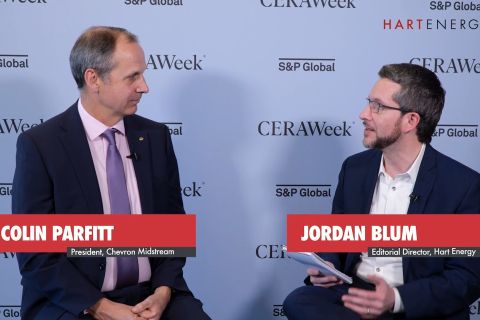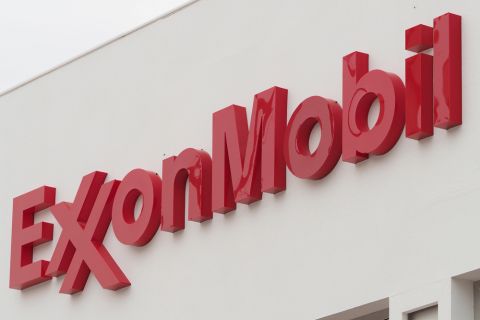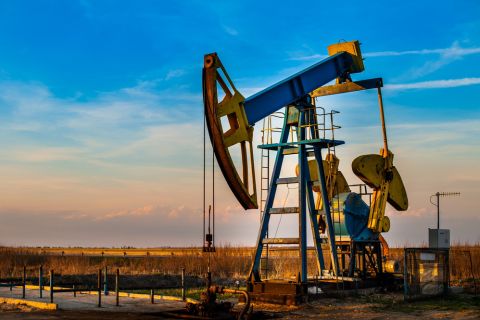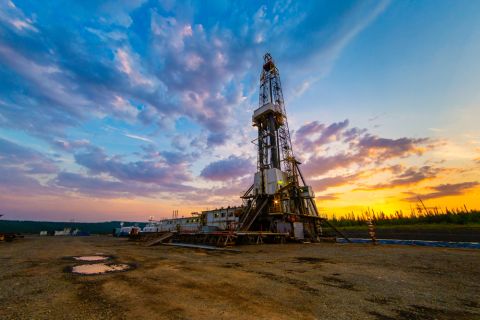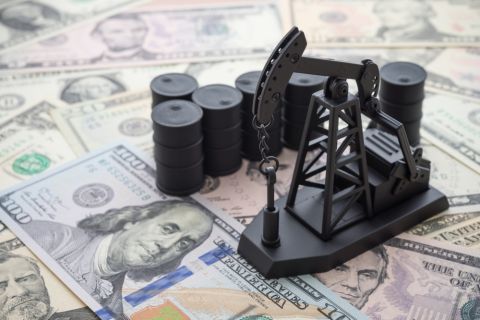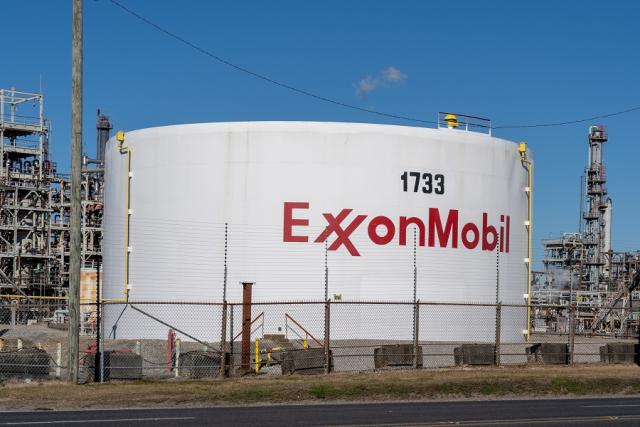
Exxon Mobil Corp. CEO Darren Woods argued during CERAWeek by S&P Global in Houston that applying Scope 3 measures to a specific company had its downsides, although he said the Scope 3 measure for the GHG protocols was relevant at the macro level. (Source: Shutterstock.com)
Exxon Mobil Corp. Chairman and CEO Darren Woods views the Scope 3 emissions measure for the greenhouse gas protocols as relevant on a macro level but argued during CERAWeek by S&P Global that applying that measure to a specific company had “significant downsides.”
The EPA categorizes Scope 3 as emissions that are the result of activities from assets not owned or controlled by the reporting organization, but that the organization indirectly affects in its value chain.
Woods argued his point by citing three examples related to LNG, refining and carbon capture and storage (CCS) and their impacts on the company during a discussion with CERAWeek’s Daniel Yergin during the annual event in Houston.
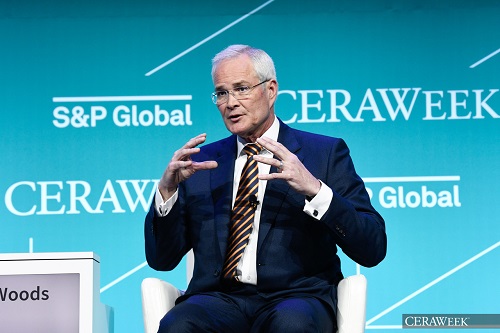
“The more work that I do to help others offset their emissions and store that, the more emissions I generate and the more that disincentivizes me from doing that," Darren Woods, Exxon Mobil.
Woods said that every tonne of LNG produced by Exxon backed out coal somewhere else in the world, in line with the energy transition to cleaner fuels.
But, “if I had a Scope 3 target and tried to limit my Scope 3 emissions, that means I make less gas. That means somebody else supplies coal out there and emissions for the world goes up,” Woods said.
Regarding refining, Woods said Exxon was one of the least emitting refiners in the world and added that the gasoline and diesel demanded from the company was beneficial versus other refiners with higher emissions footprints.
“So, asking us to stop investing or producing diesel and gasoline which continues to be demanded by society just means that somebody else out there who is less efficient, more emissions intensive will meet that demand, make that gasoline and diesel. And again, the world does not benefit from that,” Woods said.
In Exxon’s CCS business, Woods said the Texas-based company’s efforts were ongoing to help others reduce their emissions, but said that doing so isn’t recognized under Scope 3 measures.
“The more work that I do to help others offset their emissions and store that, the more emissions I generate and the more that disincentivizes me from doing that. So, there are issues with that,” Woods said.
The executive said appropriate measures are still needed to appropriately reflect the efforts that Exxon is putting in place to reduce emissions.
“I think they're available to us, lifecycle emissions, emissions intensity. So, there are metrics that are available [and] we're working with the broader community to see if we can advance in this concept,” Woods said.
Net zero in the Permian by 2030
In the Permian Basin, Exxon looks to achieve production of 1 MMboe/d by the end of 2027, Exxon executives said as recently as January during the company’s quarterly webcast.
The energy giant’s Permian assets produced over 560,000 boe/d in the fourth quarter of 2022, and production is expected to reach 600,000 boe/d in 2023.
RELATED: Exxon Mobil Reports Solid Results, Eyes Permian and Guyana Growth
Woods reiterated Exxon’s target to reach net zero emissions in the Permian by 2030, which he said was partly a point to demonstrate to the world that it could be achieved.
The “Permian is one of our fastest growing production areas and we are also reducing emissions the quickest,” Woods said. “We've this year actually got to zero routine flaring, and we are on track to get to a net zero position in the Permian by 2030 while we grow production and get to one million barrels a day.”
Recommended Reading
Exclusive: Chevron Balancing Low Carbon Intensity, Global Oil, Gas Needs
2024-03-28 - Colin Parfitt, president of midstream at Chevron, discusses how the company continues to grow its traditional oil and gas business while focusing on growing its new energies production, in this Hart Energy Exclusive interview.
Exxon’s Payara Hits 220,000 bbl/d Ceiling in Just Three Months
2024-02-05 - ExxonMobil Corp.’s third development offshore Guyana in the Stabroek Block — the Payara project— reached its nameplate production capacity of 220,000 bbl/d in January 2024, less than three months after commencing production and ahead of schedule.
What's Affecting Oil Prices This Week? (Feb. 5, 2024)
2024-02-05 - Stratas Advisors says the U.S.’ response (so far) to the recent attack on U.S. troops has been measured without direct confrontation of Iran, which reduces the possibility of oil flows being disrupted.
Tinker Associates CEO on Why US Won’t Lead on Oil, Gas
2024-02-13 - The U.S. will not lead crude oil and natural gas production as the shale curve flattens, Tinker Energy Associates CEO Scott Tinker told Hart Energy on the sidelines of NAPE in Houston.
What's Affecting Oil Prices This Week? (March 18, 2024)
2024-03-18 - On average, Stratas Advisors predicts that supply will be at a deficit of 840,000 bbl/d during 2024.


